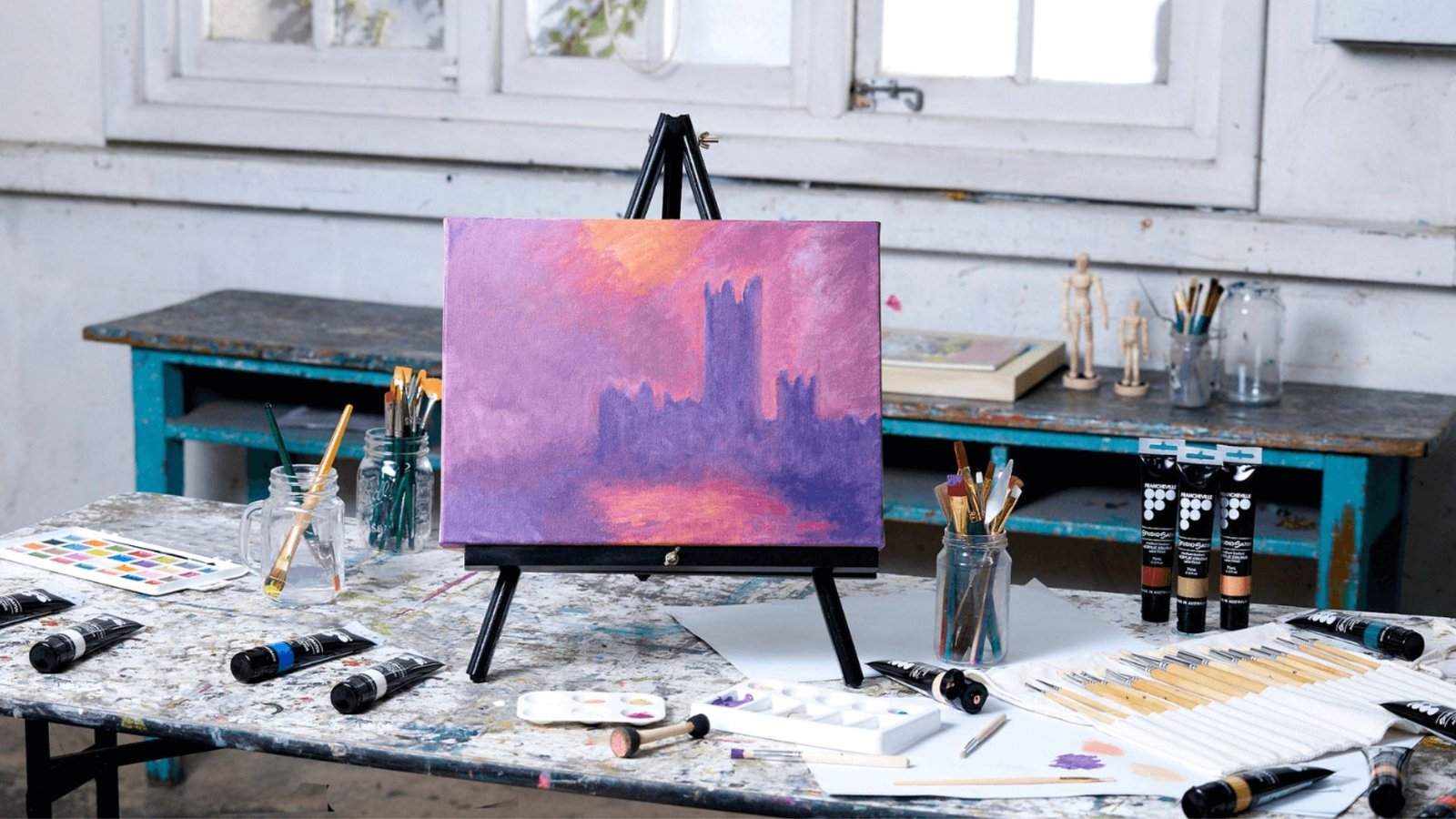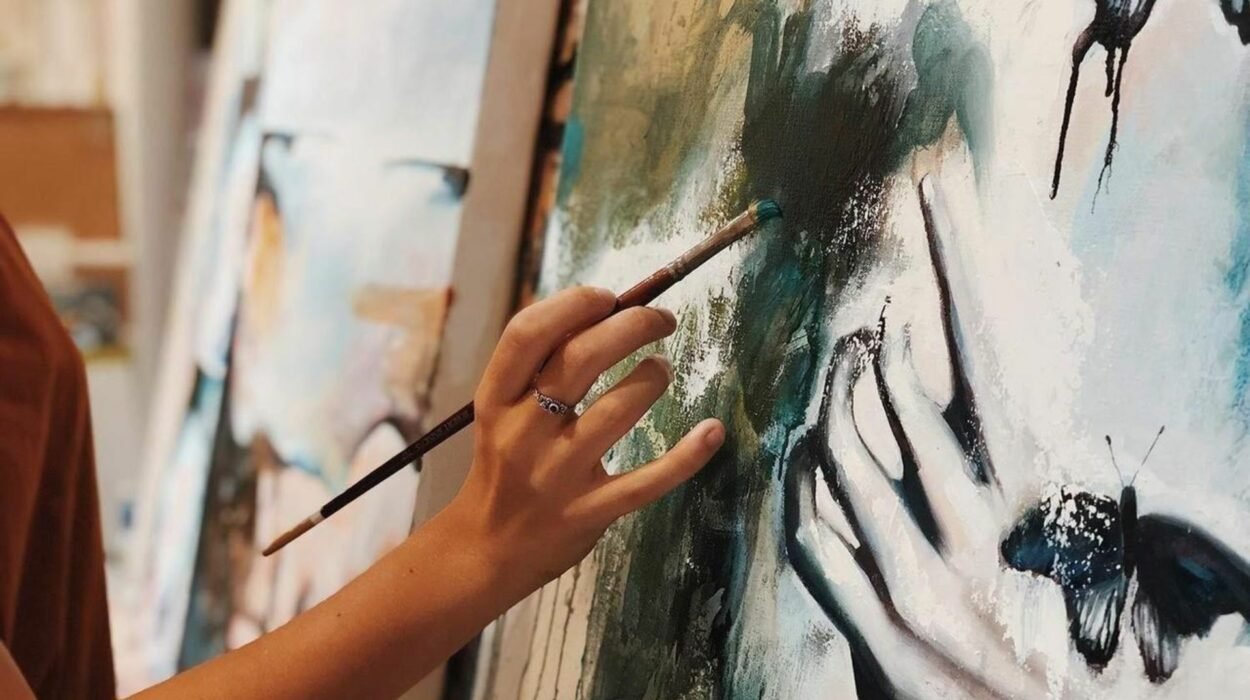|
Getting your Trinity Audio player ready...
|
Choosing the right canvas is a crucial step in your art journey. In this guide, we’ll help you pick the perfect canvas without the complications. Whether you’re a pro or just starting, knowing the basics can make a big difference in how your art turns out. Let’s dive into the world of canvases without any confusing details, making sure your art-making process is as easy as possible.

Understanding Canvas Types
Canvases come in two main types: stretched and unstretched. Stretched canvases are ready to use, and mounted on a wooden frame.
Consider the Canvas Material
Different painting surface materials have unique qualities that can affect your art. Cotton canvases are affordable and versatile, good for various styles. Linen canvases, a bit pricier, are durable and smooth, great for detailed work. Choose a painting surface material that fits your vision and budget.
Canvas Texture and Weight
Painting surface texture adds character to your art. Smooth canvases are good for details, while textured ones add depth. Consider the weight of the canvas – lighter ones are good for framing, and heavier ones provide stability.
Canvas Priming
Some canvases come pre-primed with gesso, a base for painting. This affects how the canvas takes paint. If you want more control, you can choose unprimed canvases and apply gesso yourself.
Choosing the Right Size
The size of your painting surface matters. Smaller canvases are great for small spaces, while larger ones make a statement. Consider proportions and balance when picking the size.
Framing Options
Not all canvases need framing, but it’s worth considering for presentation. Unstretched canvases might need framing for presentation.
Maintenance and Longevity
Think about how long you want your art to last. Some canvases are archival quality, ensuring your work stands the test of time. If you plan to varnish your painting, pick a painting surface that works well with this process.
Colour Options
Consider the colour of your painting surfaces. Canvases usually come in white, but some artists prefer a toned canvas for a different starting point. Toned canvases can affect the overall mood of your artwork.
Surface Smoothness
Think about how smooth you want the surface to be. Some artists prefer a smoother painting surface for detailed work, while others like a slightly textured surface for a more natural feel.
Ease of Stretching
If you’re planning to stretch your canvas, consider the ease of stretching. Some canvases have a tighter stretch, making them easier to work with, especially for beginners.
Ease of Transport
If you’re an artist on the go, think about the portability of your canvas. Stretched canvases are ready to hang but may be bulkier. Unstretched canvases are more portable but might need additional display materials.
Trial and Error
Don’t be afraid to try different canvases. Sometimes the best way to find what you like is through trial and error. Experimenting with different sizes, textures, and materials can help you discover your preferred canvas for different types of artwork.
Collaborative Canvases
Consider collaborative canvases if you enjoy working with others. Larger canvases or canvases divided into sections can be a fun way to create art with friends or fellow artists.
Customizing Canvases
Explore the option of customizing your painting surface. Some artists enjoy building their canvas frames or ordering custom sizes to fit their specific artistic needs.
Environmental Impact
Think about the environmental impact of your canvas choice.
Conclusion
Choosing the right canvas is simple. By knowing the basics of canvas types, materials, textures, priming, size, framing, and maintenance, you can make decisions that support your art vision. Keep it simple, try different options, and enjoy bringing your vision to life on the painting surface. Your art deserves the perfect canvas – choose wisely and have fun making your art!
At Zim1Hardware, we take pride in being your go-to destination for top-quality hardware supplies and agricultural tools. Our commitment to excellence is paralleled by the enduring significance of tools like the Ox-Drawn Plough.
You may find this information useful:
DIY Art Projects: Expressing Yourself through Painting
Painting as a Therapeutic Outlet

